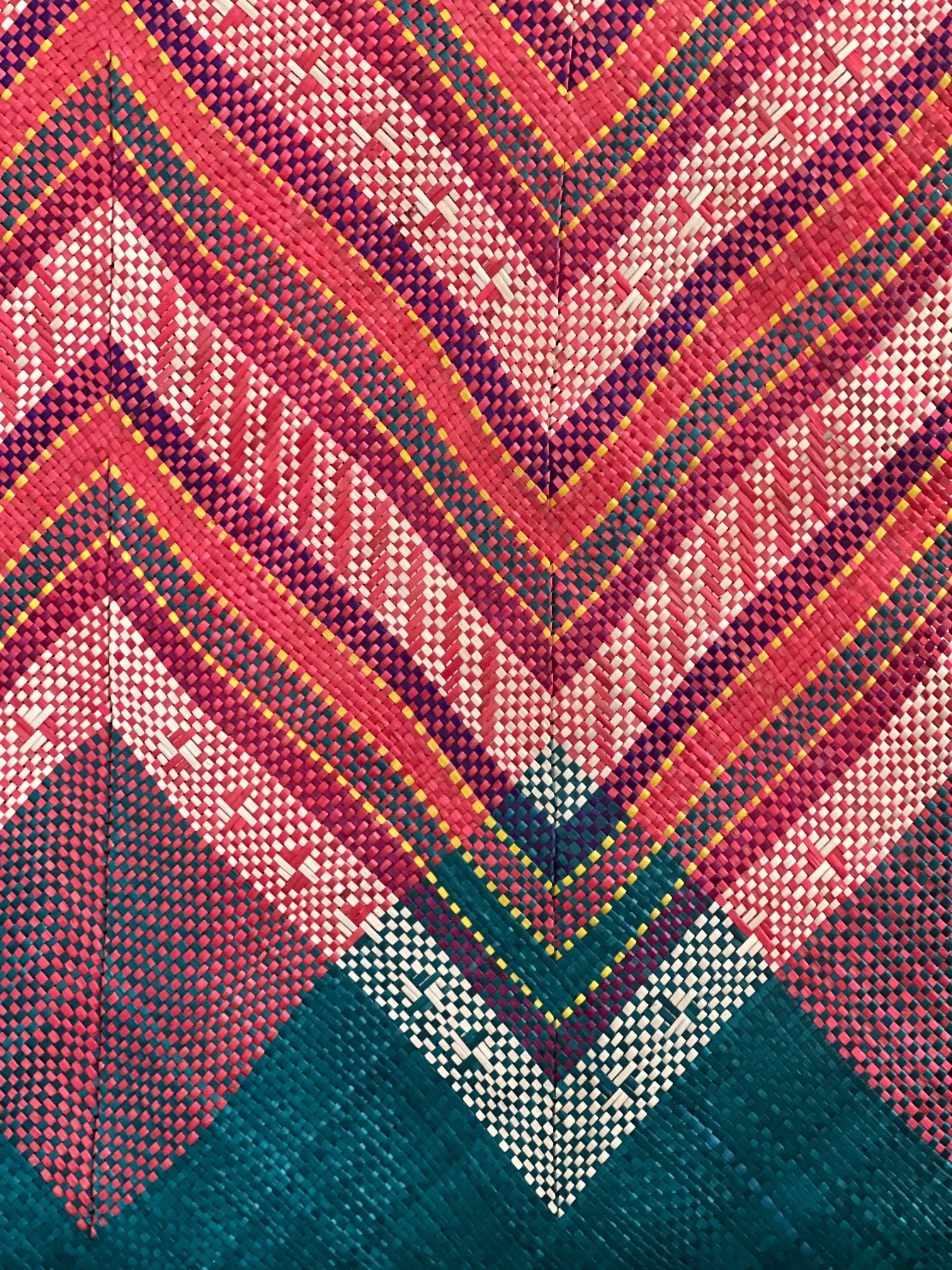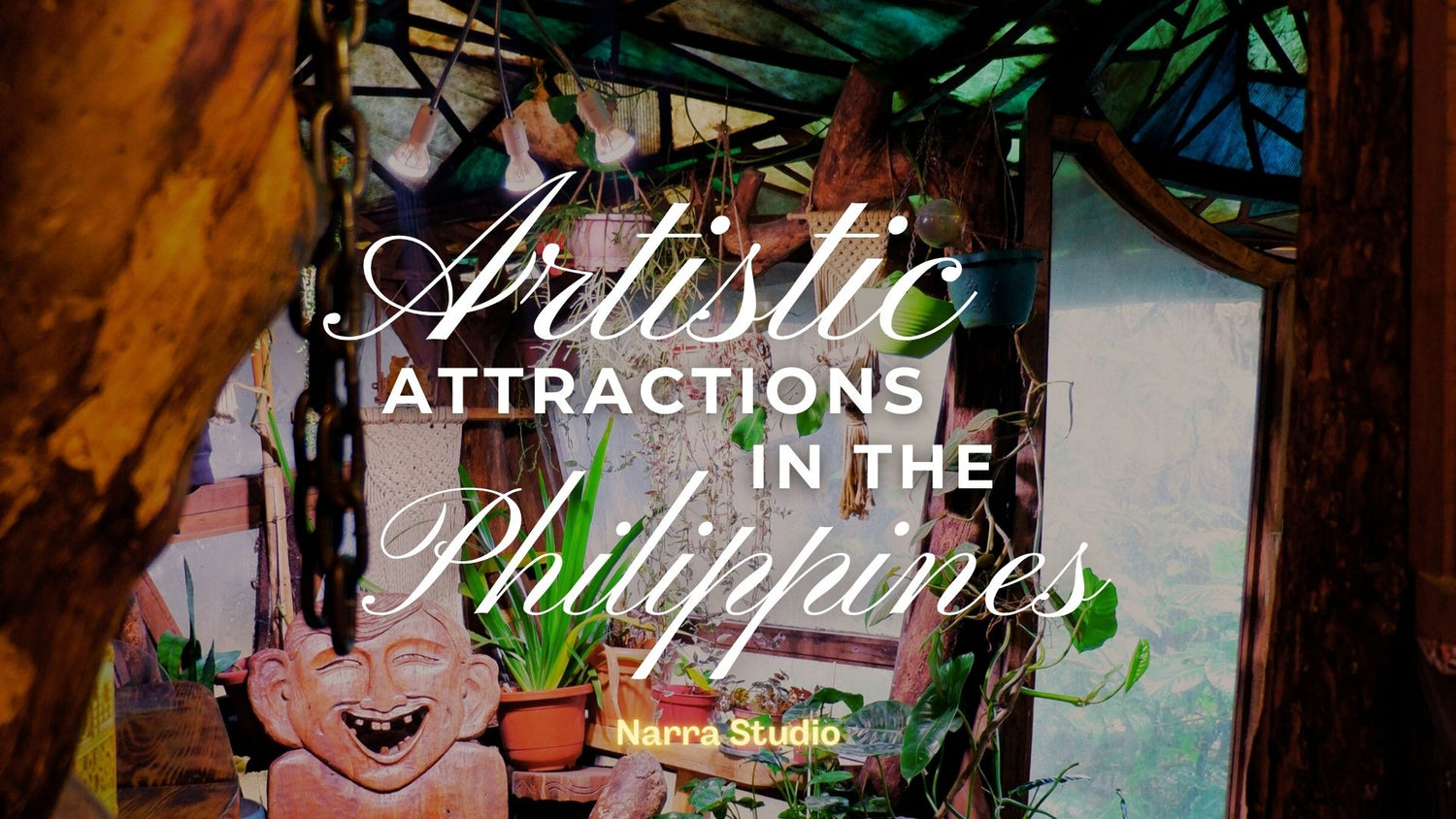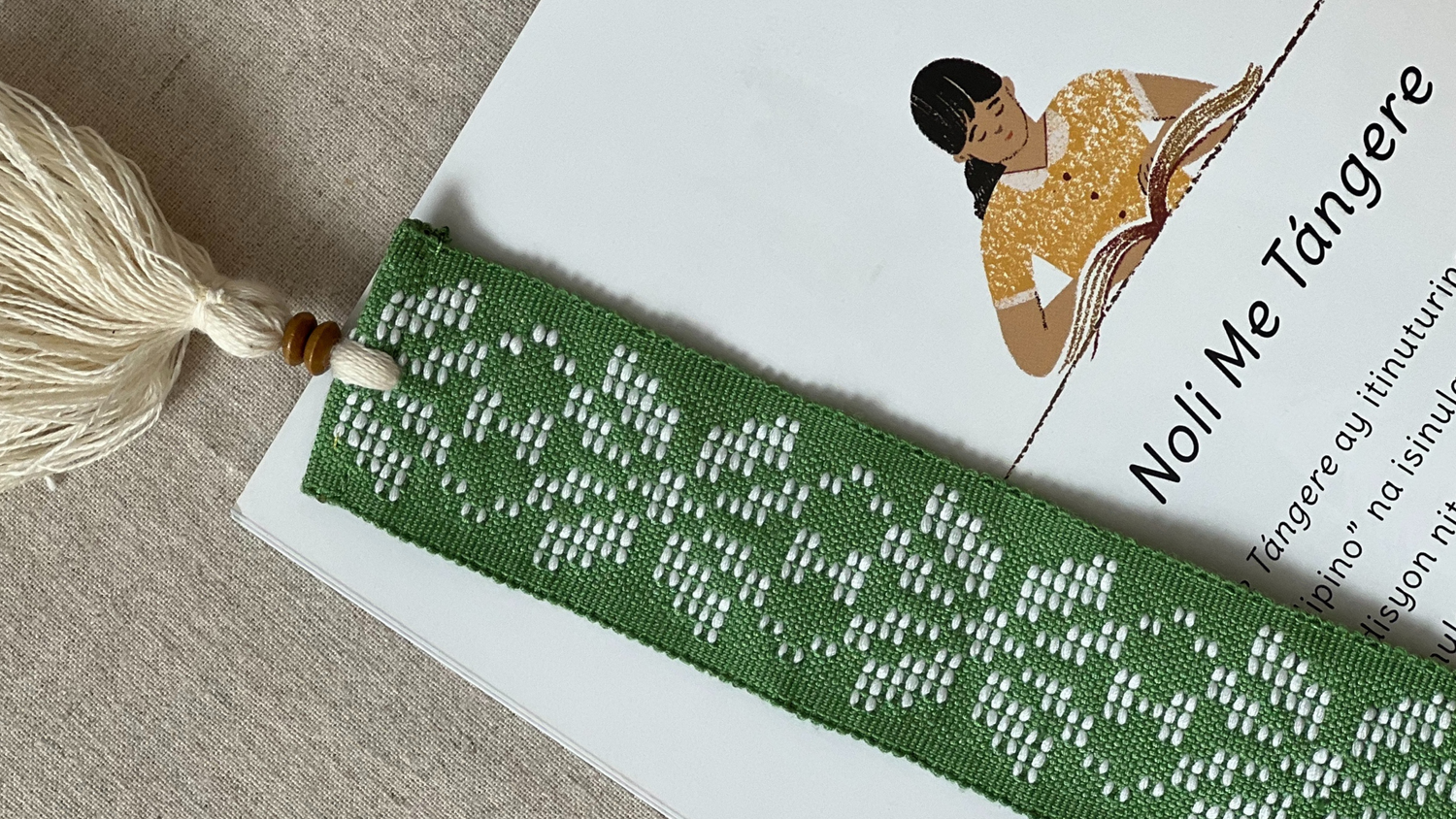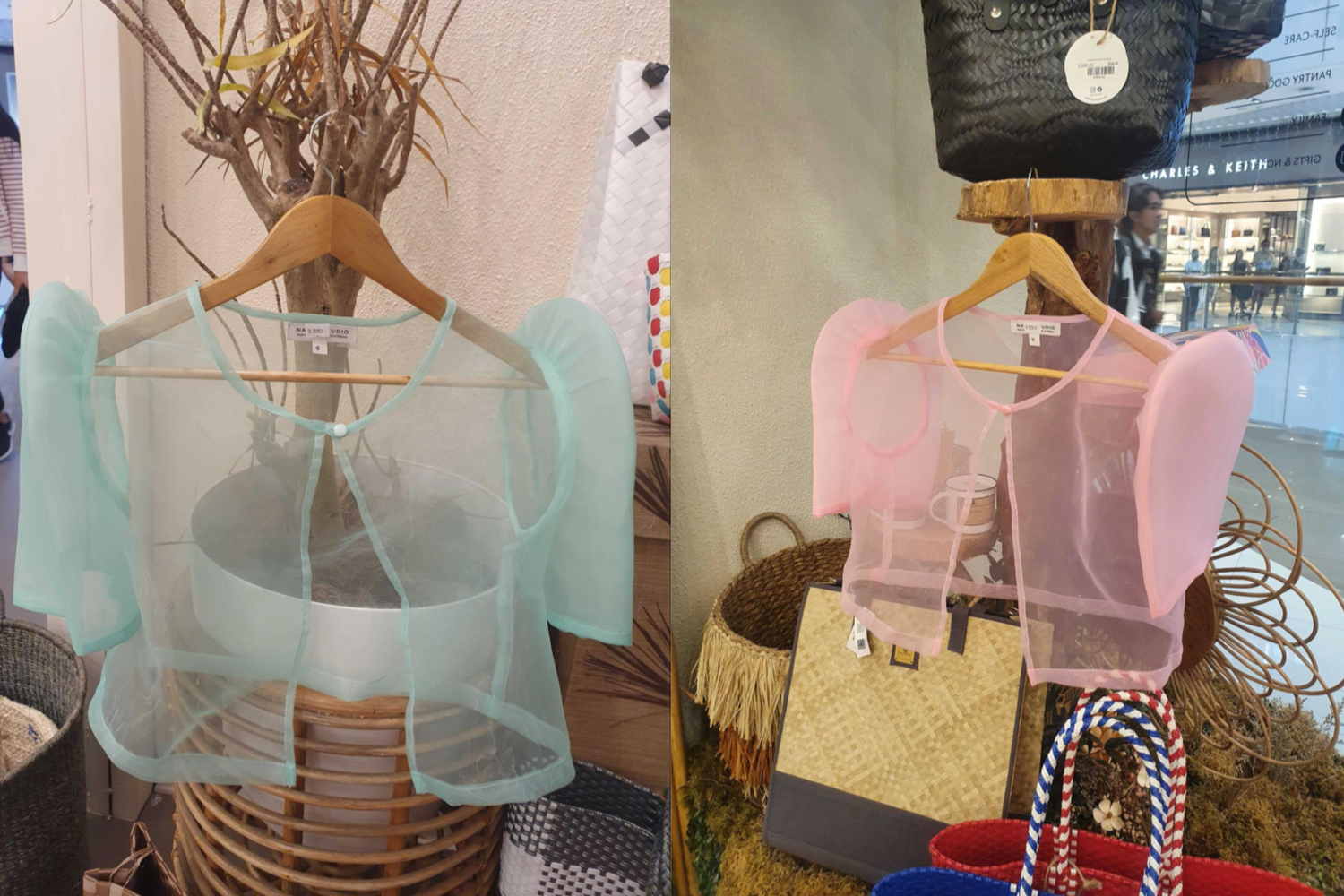The design of the Badjao mat is undoubtedly one-of-a-kind. Colorful, intricate, with strong geometries that are reminiscent of mountain and horizon lines, Badjao weaving is one of the most beautiful in the Philippines. The sea-faring Badjao, also known as Sea Nomads or Sea Gypsies, live mainly in Tawi-Tawi province in the Sulu Archipelago, which has an abundance of fishing grounds and pearl diving. The nomadic Badjao live in vinta, small houseboats, along the shores of Southern Mindanao.
 Photo: Sinchi Foundation
Photo: Sinchi Foundation
The Badjao mats are made from strands woven together from the pandanus plant, the technique of preparation and weaving are similar across Sulu, with some minor variations across the different regions of the Sulu Sea. From pandan leaves, strips are cut, bleached in the sun, and then dyed in bright reds, violets, and blue greens. While the pandan strips dry over a week, the strips are beaten to soften for weaving. Weaving these intricate patterns may take up to five weeks. Of the patterns woven, stripes, squares, checks, and zigzags dominate the geometric language of the Badjao mat.

The Badjao practice forms of ancestor worship, asking favors of spirits and deceased relatives by offering foods, sweet tonics, and tobacco. The spirits are seen as part of the household, and offerings are made to the God of the Sea, the Omboh Dilaut. Despite the onslaught of issues such displacement and poverty, the Badjao continue their indigenous traditions such as mat weaving, ancestor worship, and sustainable fishing with steadfastness.
Further Reading
https://www.rappler.com/nation/114975-badjao-nameless-forgotten-faceless/
https://sinchi-foundation.com/news/last-nomads-sea-modern-winds-piracy/





